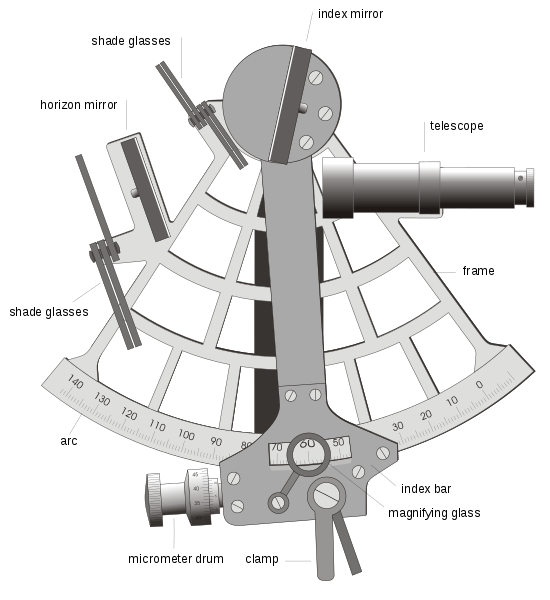Session 3: Who is here?
Tasks
- Watch Series 1 Episode 1 of “Artefact” from Māori Television:
https://www.maoritelevision.com/shows/artefact/S01E001/artefact-series-1-episode-1 - Read Richard Sennett article ‘On making’.
Questions to respond to
- What ‘worldviews’ are encountered in the Artefact episode?
- Identify different ways in which information and knowledge are shared and transferred. Refer to specific examples shown in the video.
Worldviews
There were a number of worldviews represented in the show, primarily but not solely centred on Māori and Western ways of thinking.
Navigation
Western approaches to navigation are Science-based and use a systematic framework, laws, rules.
Pacific peoples place the navigator at the centre, with a deep understanding of stars and their positions, currents, wind patterns, and so on.
Like a 13th Century navigator from the Pacific in, an 17th Century Western navigator would still using the sun, moon, and stars to navigate. The difference is that the Western navigator would be using a chronometer to obtain Greenwich time, and a sextant as a tool to make accurate celestial observations.

Arguably, but not unexpectedly, the contrast is typically made between Western navigation at the time of New Zealand’s first contacts with the West, and subsequent colonization. Little reference is made to more ancient Western forms of navigation.
For example, Vikings navigated over similar distance to Pacific peoples, and used very similar techniques. Interestingly, this included chants and rhymes – oral history combined with navigational teaching.
Spirituality
The Māori from Uawa (Tolaga Bay) see the carving of Paikea as being imbued with mana and being, as I understand it, pretty much the same as Paikea the person. On their visit to him in New York, they greeted him and spoke to him as a father figure.
I was reminded of the Catholic religion from the 8th Century onwards, where the relics of Saints are venerated as having “holiness”, or, “the mystic potency emanating from the person or thing that is sacred”.
This sounds different though – and I’m not of Māori ancestry, nor am I in any way religious, so I’m reaching a bit here. Mana has more of a tangibility to it. I don’t know how to say it other than as a kind of “live link” to an ancestor, rather than a more diffuse connection to a higher being.
Museums and repatriation
Really controversial topic globally. If repatriation was taken to it’s conclusion, then it would be the end of the world’s major museums. Not saying that’s a bad thing, but it is a thing.
Possibly the most famous example of this is the Elgin Marbles, which are the original frieze from the Parthenon in Athens, Greece. This artefact is now in the British Museum in London, who have said that they will never return them[2]https://news.artnet.com/art-world/british-museum-wont-return-elgin-marbles-1449919.
It was difficult to handle seeing the emotion in the traveller’s faces as they came face-to-face with their ancestor. It felt wrong that they needed to get on an plane to another country. Maybe this is because I’m an immigrant, and have strong feelings about having distance between myself and my own ancestors.
Surely there can be a middle ground in repatriation. A path that takes into account both the rights of communities from which these artefacts came, in some cases illegally, and the positive work that museums can do in both understanding and sharing knowledge of the artefacts.
